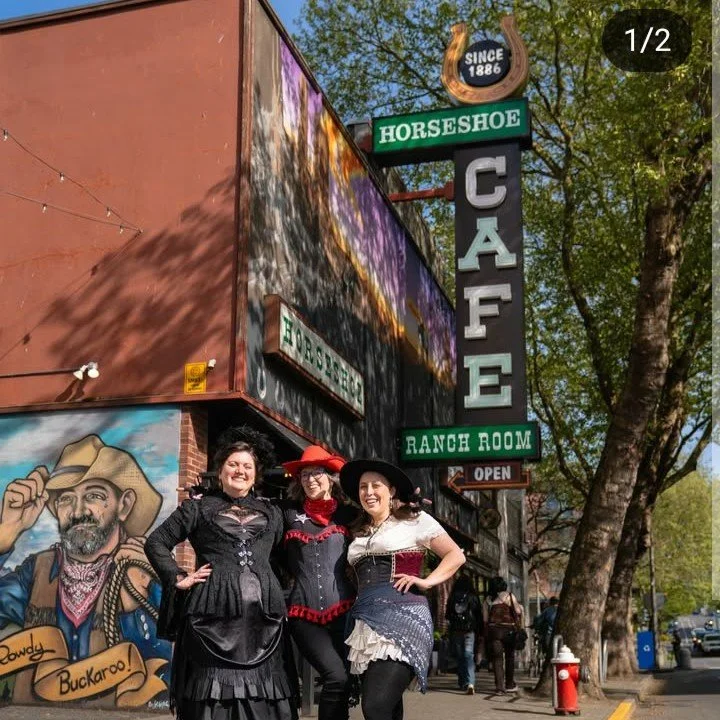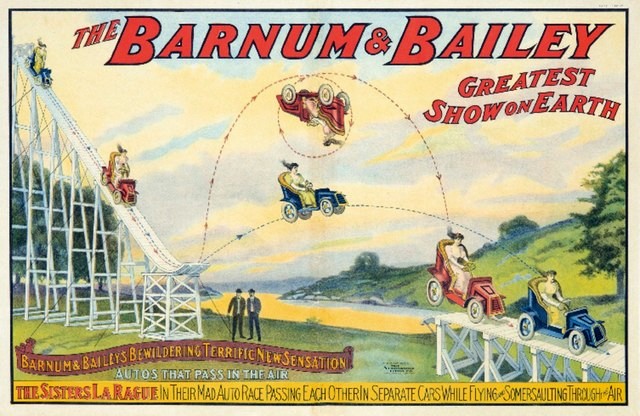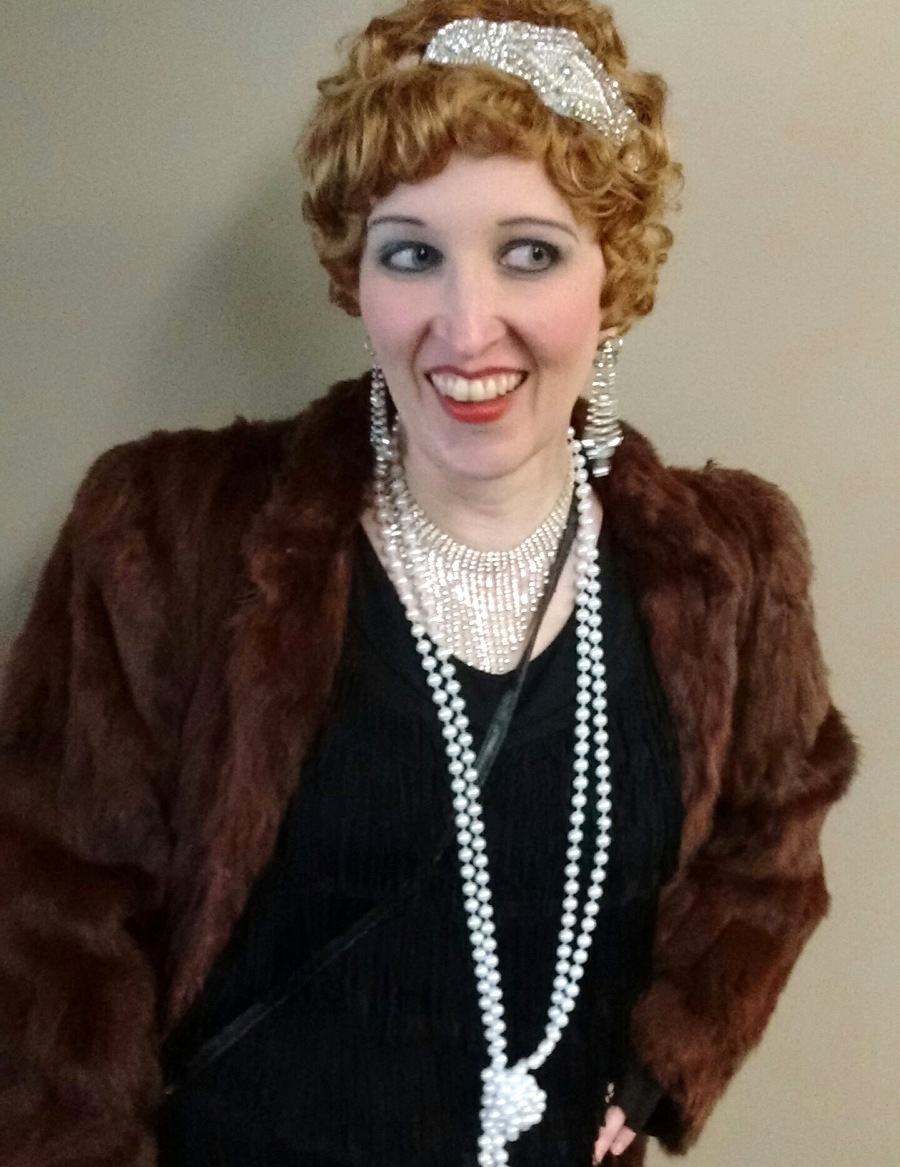Blog Posts and Podcast Notes
Featured

Mid-Season News!
Historical Research
Kolby LaBree
Historical Research
Kolby LaBree
Jail Tales: Female Trouble
Given that much of the subject matter on our tours involves lawbreaking folks, we have always been particularly interested in the jail, and in particular the experiences of women in the legal system. On our Downtown Sin and Gin Tours, we discuss the creation of the women’s ward in the jail, and the hiring of female wardens. In case you can’t get enough jail fun facts, here’s a sampler of some jail history from our notes.
Featured




























